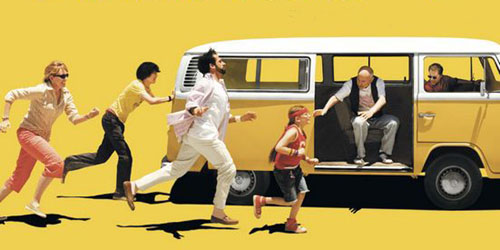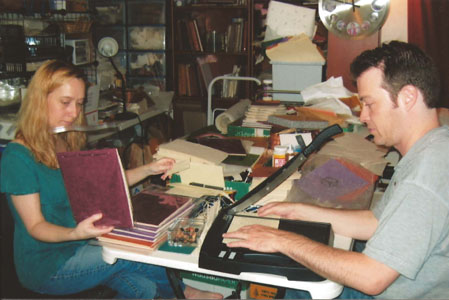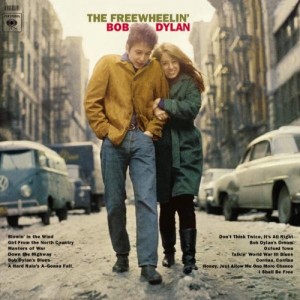
“A man hears what he wants to hear and disregards the rest.”
– Paul Simon (from “The Boxer“)
Or, as I less poetically paraphrase it: People don’t want to know the truth, and they don’t want to experience reality. People just want to hear and experience things that reinforce their pre-existing beliefs.
I know this might sound cynical—especially coming from a guy who prides himself on seeing the best in people and in the world in general—but, as I wrote (in the title):
This is also my most empowering belief!
Think about it: If we tend to experience reality in ways that reinforce our beliefs, then we have the power to alter our life experience simply by altering our belief system!
By adopting more positive beliefs and expectations, we can have a more positive experience of life!
Evidence of this principle abounds:
- When teachers are told (and therefore believe) that their students are gifted, they “magically” produce gifted students!
- When you try to “catch someone doing something right,” they “magically” start doing more things right.
- We also know that, more often than not, placebos work!
Whether you attribute this to the power of positive thinking, the law of attraction, or the brain’s reticular activating system, you can probably notice this in your own life:
The world proves you right—by mirroring back your beliefs.
Knowing this, you never again have to stay stuck in a crummy life experience. You can expect the best in people, in situations, and in yourself—and, more often than not, I bet that your expectations are met. (And when they’re not, you can assume that it’s for the greater good, whether or not you fully understand how or why.)
Think your beliefs are based on your experiences? It may be the other way around!
So choose your beliefs wisely, because you’re also choosing your life experiences!
Ask yourself:
- If the world did prove me right, what would it prove?
- Are there any times when I wish it wouldn’t prove me right?
- What beliefs could I adopt that I’d LOVE to have proven right?
For instance, if you believe, “I have to struggle to make ends meet, but I always manage to make it,” there’s a good chance that’s what you experience!
In this case, you’d probably like to keep the “always manage to make it” part, but lose the “struggle” part—which could lead to a best-of-both-worlds replacement belief: “Abundance flows naturally as I do what I love, and I always manage to make it!”
Wouldn’t it be nice to have that proven right?!
Right or happy?
Have you ever heard anyone ask, “Would you rather be right or happy?” Well, by choosing positive, empowering beliefs—about yourself, others, and the world in general—chances are, you’ll be both!
…
I would love to hear your comments about how the world has (or hasn’t) proven you right (i.e., reflected your beliefs). Are there any beliefs that, if proven right, might lead you to a happier life experience?
P.S. If you enjoyed this post, please share it by clicking the buttons below! Thanks!





 And, taking a page from the Textbook of Bad Parenting, we always did it—just to shut them up.
And, taking a page from the Textbook of Bad Parenting, we always did it—just to shut them up.





